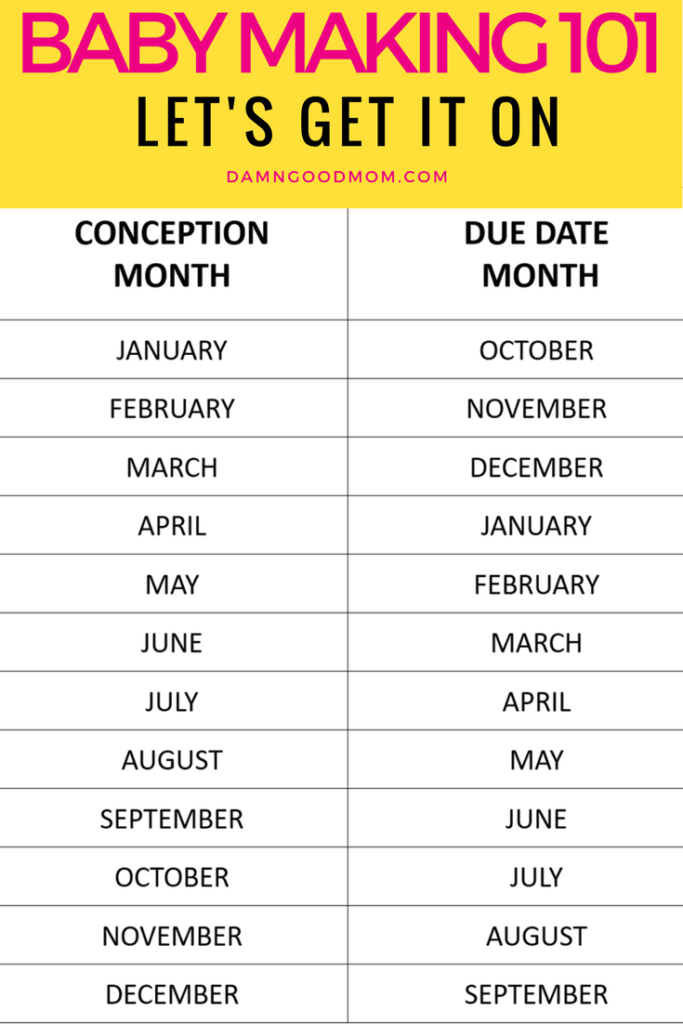

Your fundal height, which is the measurement from your pubic bone to the top of your uterus, is checked by your practitioner at each prenatal visit and helps confirm your due date. Pregnancy milestones such as the first time the baby's heartbeat is heard (around week 9 or 10, though it can vary) and when you first feel fetal movement (on average between 18 and 22 weeks, but it can be earlier or later), can give clues as to whether your due date is accurate. If you know when you conceived, our pregnancy calculator calculates your due date by adding 38 weeks to the date of conception.


Some practitioners perform them routinely, but others only recommend one if your periods are irregular, you're 35 or older, you have a history of miscarriages or pregnancy complications, or the due date can’t be determined based on your physical exam and LMP. Just be aware, however, that not all women get an early ultrasound. Conception date from known birth date or due date Enter the first day of your. Use as a Reverse Due Date calculator to determine conception. You could also subtract three months from the first day of your last period and add seven days. Even if you can’t pinpoint when you conceived, forget the day of your last menstrual period or aren’t sure when ovulation occurred, other clues can help you and your practitioner determine your due date at your first prenatal appointment, including:Īn early ultrasound, which can more accurately date the pregnancy. like to calculate, and start mapping out your own pregnancy calendar. This interactive Due Date Calculator will help you estimate the date your baby will arrive. Most pregnancies last around 40 weeks (or 38 weeks from conception), so typically the best way to estimate your due date is to count 40 weeks, or 280 days, from the first day of your last menstrual period (LMP).


 0 kommentar(er)
0 kommentar(er)
